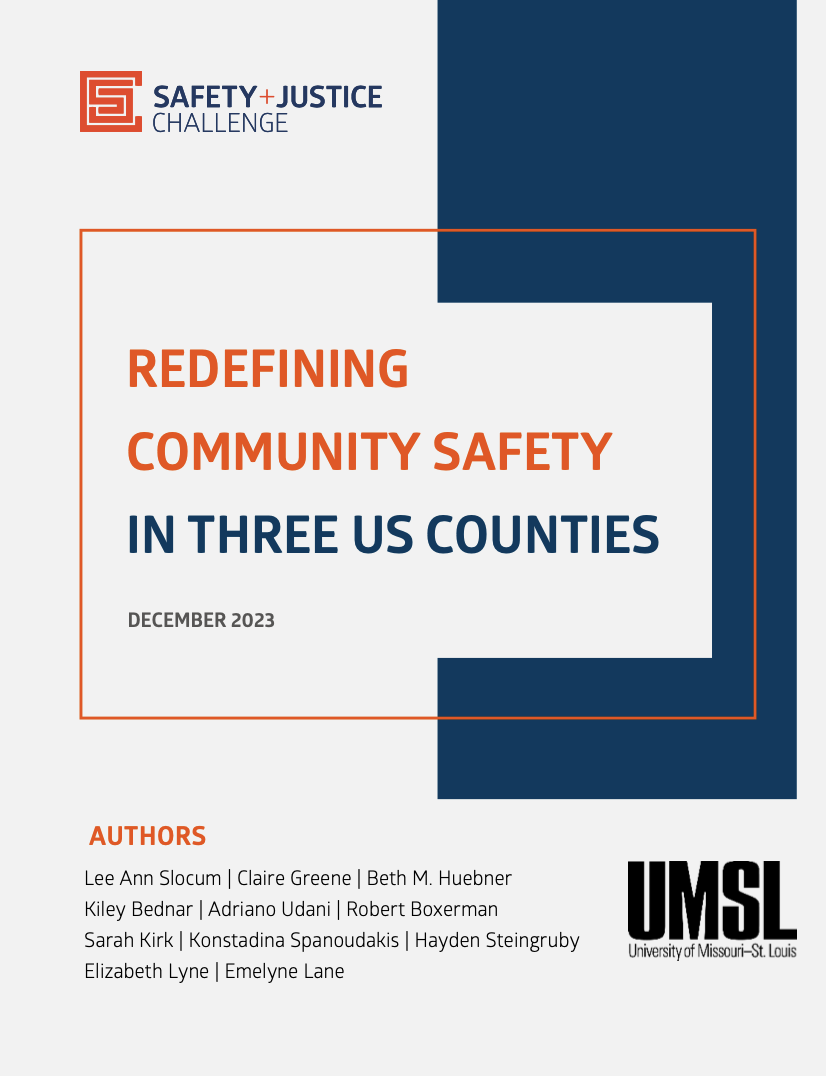Report
Community Engagement COVID Featured Jurisdictions December 12, 2023
Redefining Community Safety
Everyone wants to feel safe in their community. Yet, little is known about how people make sense of what community safety looks and feels like to them. Discussions among policymakers and in the media often emphasize crime rates as a key measure of community safety and the criminal legal system as the primary means of achieving this goal. This traditional conceptualization has several negative consequences. First, it often overlooks the perspectives and experiences of people most impacted by violence, high levels of enforcement, and mass incarceration, many of whom are people of color. Second, low crime rates do not necessarily ensure that residents perceive their community is safe. Other factors, such as media coverage and the physical and social environment, also play a role in shaping views of safety. Moreover, not all crime is reported to authorities, and this may be particularly true in areas where residents experience elevated levels of police enforcement activity and have little trust in the police.ii Third, relying on crime and other criminal legal system data can provide a narrow and skewed conceptualization of safety because they tend to reflect law enforcement priorities, police discretion, and willingness to report crime. Finally, aspects of safety captured by criminal legal system data may not align with community priorities or values. Narrow crime-oriented definitions often fail to recognize that conversations around community safety are highly localized. Allowing communities to define what safety means to them facilitates the development of locally driven priorities for action and interventions, ultimately helping advance the goal of safety for all. This report explores the meaning of community safety for people who live and work in three US counties (Missoula County, Montana; St. Louis County, Missouri; and Mecklenburg County, North Carolina) by documenting local dynamics of crime, the criminal legal system, and conversations around the meaning of community safety. These counties are currently working to enhance community safety, in part, through the MacArthur Safety and Justice Challenge. The findings are based on data from community surveys, as well as interviews and focus groups. The surveys were designed to capture a diversity of community voices. The interviews and focus groups allowed for a more in-depth examination of the views of criminal legal system actors, system-impacted individuals, and people who work with system-impacted persons, groups whose voices are often omitted in work of this type. Throughout, we draw on the interviews to highlight key findings and bring voice to the people closest to the challenges of building and maintaining safe communities.
